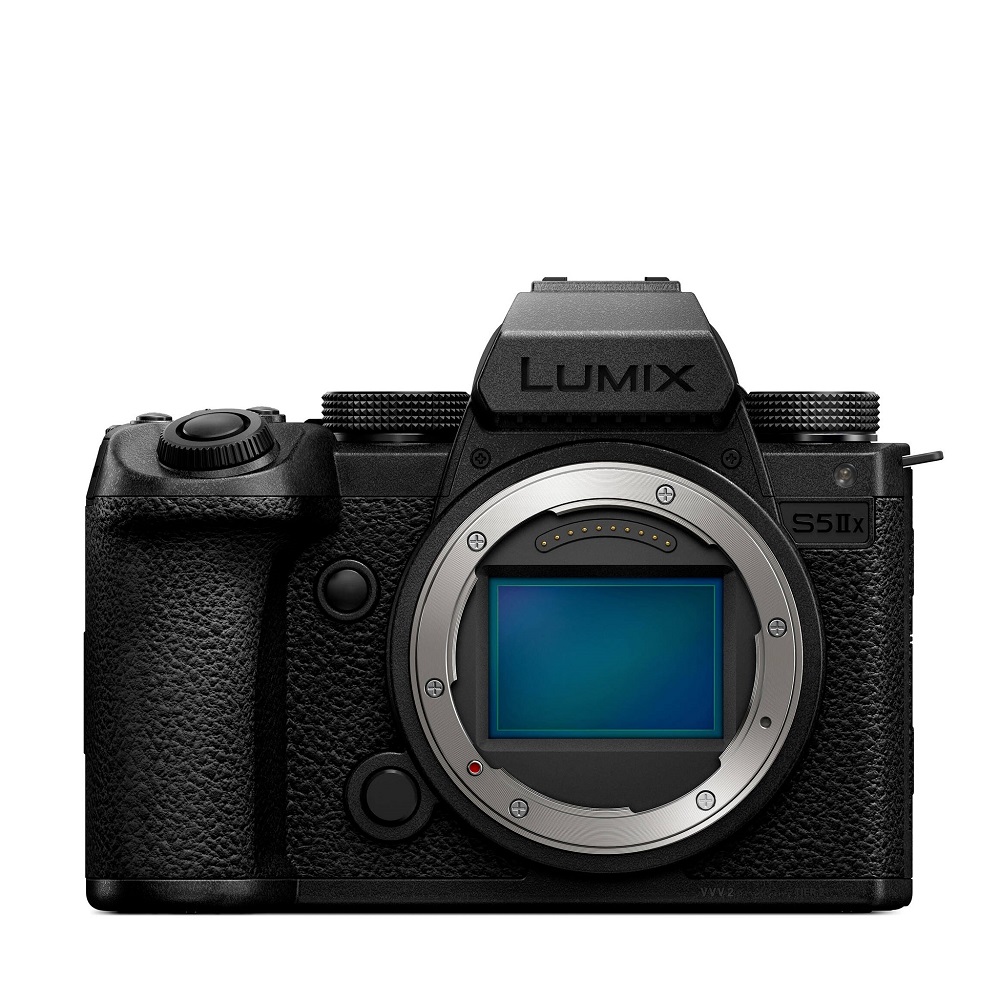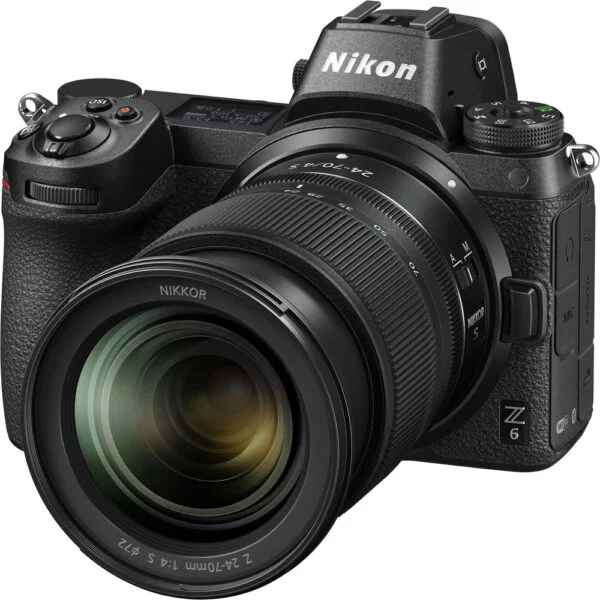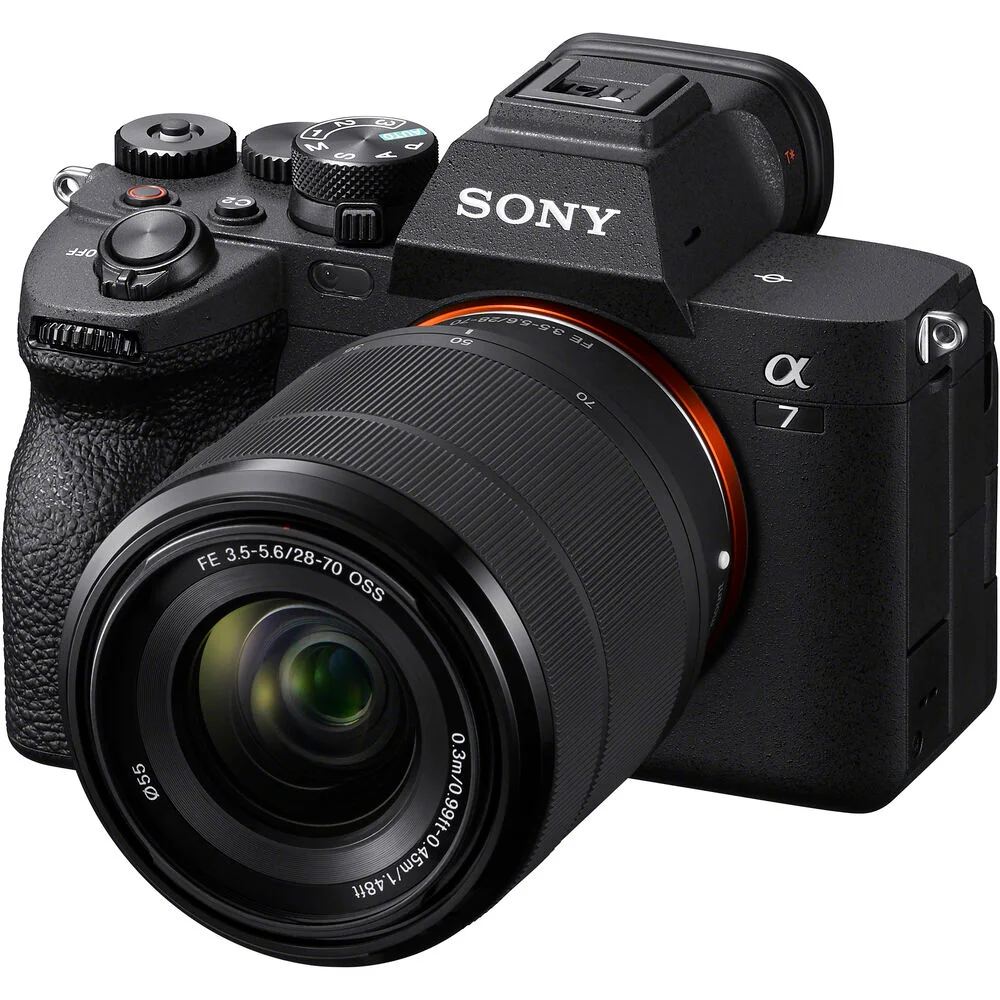The Fundamentals of Full Frame Cameras
When discussing cameras, full frame models are often highlighted due to their advanced capabilities. A full frame camera has a sensor size equivalent to a 35mm film frame. This dimension is larger than those found in most consumer cameras. This larger sensor size is crucial; it impacts the camera’s performance across various aspects of photography.
The term ‘full frame’ refers to the sensor’s size, which captures more light and details compared to sensors that are smaller. More light and details mean improved image quality, especially in low light conditions. Professionals prefer full frame cameras because they offer superior depth of field control, allowing for more precise background blurring effects.
Understanding what a full frame camera entails is essential for anyone serious about photography. The larger sensor not only increases picture quality but also improves overall shooting performance, making these cameras a preferred choice among seasoned photographers.
Advantages of Using Full Frame Cameras for Photography
Full frame cameras provide a bevy of benefits for photography enthusiasts. They go beyond basic camera functionalities and cater to the needs of professional photographers in many ways. Here we delve into the significant advantages of using full frame cameras when taking pictures.
Enhanced Low Light Performance
Full frame sensors excel in low light conditions. Their larger size allows more light to enter, resulting in clearer, less noisy images. This is a boon for shooting in settings where light is scarce.
Better Depth of Field Control
With a full frame camera, photographers have more control over the depth of field. This control enables them to create striking images with a shallow depth of field, making subjects stand out against a softly blurred background.
Higher Dynamic Range
The dynamic range of a camera indicates how well it captures the extremes of light and dark in a photo. Full frame cameras often have a superior dynamic range, allowing for more detail in the highlights and shadows of an image.
Improved Image Quality
The increased sensor size of full frame cameras often results in better overall image quality. They tend to produce sharper, more detailed photographs that are rich in color and texture.
Broader Lens Choices
Full frame cameras allow photographers to fully utilize the wide field of view offered by full frame lenses. This opens up a world of creative possibilities, from ultra-wide landscapes to intimate portraits.
These advantages make it clear why full frame cameras are the go-to choice for many professionals. When a photographer chooses a full frame camera, they are investing in a tool that brings their vision to life with every shot. The benefits are tangible, and they come into play in every aspect of the craft, from framing to post-processing.

Full Frame vs. Crop Sensor: A Comparative Analysis
When comparing camera sensors, the debate often centers on full frame versus crop sensors. Let’s break down the key differences that matter to photographers.
Sensor Size
Full frame sensors, as the name implies, are the size of a 35mm film frame. Crop sensors are smaller, often APS-C size. This size difference affects the camera’s field of view and image quality.
Field of View
Full frame cameras offer a wider field of view. Crop sensors have a ‘crop factor’ that magnifies the scene. This is important when choosing lenses.
Image Quality
In general, full frame cameras produce better quality images. They perform well in low light and provide finer details. Crop sensors may struggle in these areas.
Cost
Full frame cameras come with a higher price tag. Crop sensor cameras are often more budget-friendly for hobbyists and beginners.
Size and Weight
Full frame camera bodies and lenses tend to be larger and heavier. Crop sensor cameras are usually more compact and lighter.
Use Cases
Pros might prefer full frame for its image quality and low light prowess. Crop sensors can be ideal for those needing lighter gear and telephoto reach.
In summary, both full frame and crop sensor cameras have their advantages. Pros often choose full frame for top image quality. Crop sensors might suit those starting out or needing a lighter kit. Understanding the differences can guide photographers to the right choice for their needs.
Essential Features to Consider When Choosing a Full Frame Camera
When selecting a full frame camera, certain features stand out as crucial for making an informed decision. Here are some key aspects to consider:
Sensor Quality
The sensor is the heart of any full frame camera. Look for cameras with high-resolution sensors. They capture more details and offer better low light performance.
Megapixel Count
Higher megapixels mean the camera can capture finer details. This is vital for large prints or cropping images.
Autofocus System
An advanced autofocus system ensures your photos are sharp. Check for the number of autofocus points. More points cover a wider area and make focusing quicker and more accurate.
ISO Range
A broad ISO range gives more flexibility in various lighting conditions. Cameras with a higher maximum ISO perform better in low light scenarios.
Build Quality and Durability
Full frame cameras should have a sturdy build. This protects them from the wear and tear of frequent use. Look for weather-sealed bodies if you shoot in diverse conditions.
Battery Life
Long battery life is essential, especially for professional shooting sessions. It ensures you can shoot for extended periods without interruptions.
Considering these features will help you choose a full frame camera that fits your photography needs well. Each aspect influences the camera’s performance in different environments. Understanding them guarantees that the investment pays off in every shot you take.

The Impact of Full Frame Cameras on Image Quality
The impact of full frame cameras on image quality is highly significant. A full frame camera uses a larger sensor, which is the main reason for its advanced image quality. Here are several key aspects in which full frame cameras enhance the quality of images:
Enhanced Detail and Sharpness
Due to their larger sensors, full frame cameras capture more details and produce sharper images. This is essential for photographers who need their shots to have clear textures and fine lines. The larger sensor ensures minimal loss of detail, making it excellent for large prints and high-resolution outputs.
Better Color Capture
Full frame cameras excel in capturing vibrant and true-to-life colors. The larger sensor size allows for more light, which helps in achieving better color depth. This results in images that are rich and vivid, enhancing the overall visual appeal.
Superior Low Light Performance
As previously mentioned, full frame cameras perform exceptionally in low light conditions. They can capture more light, reducing grain and preserving the quality of the image under challenging light situations. This capability is crucial for professional photography, especially in natural and less controlled lighting environments.
Wider Dynamic Range
Full frame cameras typically exhibit a wider dynamic range. This allows the camera to handle scenes with high contrast better by capturing more details in shadows and highlights. Photographers can therefore manage challenging lighting setups without losing detail in either dark or light areas.
These features make full frame cameras a preferred choice for professionals who demand superior image quality in their work. By understanding how these cameras impact image quality, photographers can better utilize their capabilities to enhance their photographic outcomes.
Popular Full Frame Camera Models for Professional Photography
When choosing a full frame camera, several top models consistently impress professional photographers. Each model offers unique benefits suited for different photography styles and needs. Here are some popular full frame camera models that professionals prefer for their high-quality output and performance.
Canon EOS 5D Mark IV
This model is a favorite among professional photographers due to its impressive balance of performance and versatility. It features a 30.4 megapixel full-frame CMOS sensor. This ensures high image quality even in low light. Its 61-point autofocus system provides rapid and precise focusing.
Nikon D850
Known for its high resolution and speed, the Nikon D850 is a top choice for landscape and studio photographers. It includes a 45.7 megapixel sensor which captures detailed images. The camera supports 4K video recording, making it versatile in both photo and video realms.
Sony A7R IV
The Sony A7R IV stands out with its 61 megapixel resolution, the highest among full frame cameras. It’s perfect for capturing extremely detailed images. The advanced autofocus system and high-speed shooting make it great for action and wildlife photography.
Canon EOS R5
For those needing cutting-edge technology, the Canon EOS R5 delivers. It supports up to 8K video recording and has a 45-megapixel sensor. This model is highly praised for its superior autofocus performance and in-body image stabilization.
Nikon Z7
The Nikon Z7 features a 45.7 megapixel sensor packed into a compact mirrorless body. It’s known for its sharp image quality and robust build. This model is suitable for photographers who prioritize portability without compromising on quality.
These cameras are not just tools; they are gateways to exploring creative potentials. They continue to push the boundaries of what full frame cameras can do, ensuring professionals can capture the world as they see it.

Navigating the full frame camera market can be daunting, with a multitude of options and features to consider. To assist in making an informed choice, here are some tips and recommendations for photographers looking to invest in a full frame camera:
- Research Is Key: Spend time reading reviews, comparing specs, and checking user feedback. This homework helps you understand what is a full frame camera and its benefits.
- Understand Your Needs: Reflect on your photography style and what features matter most to you. Do you need exceptional low light performance, or is a high-resolution output more critical for your work?
- Set a Budget: Full frame cameras can be expensive. Decide on a budget that includes not just the body, but also lenses and accessories.
- Test the Camera: If possible, try the camera before buying. Handling the camera gives you a feel for its weight, grip, and ease of use.
- Future-Proofing: Consider cameras with the latest technology to ensure your investment remains relevant for years to come.
- Lens Compatibility: Check which lenses are compatible with the camera body. Lenses play a significant role in the final image quality.
- After-Sale Support: Look for brands known for good customer support. This is essential for maintenance and any potential repairs.
- Consider the Resale Value: Some camera brands and models hold their value better than others. This might be important if you plan to upgrade in the future.
By following these recommendations, photographers can navigate the full frame camera market with confidence. Choose a camera that not only meets your professional requirements but also fits within your budget to enhance your photography experience.
The Future of Full Frame Photography: Trends and Predictions
The ever-evolving world of photography continues to embrace full frame cameras. Here are future trends and predictions:
Continuous Advancements in Sensor Technology
Sensor technology will keep improving. Expect even larger sensors that enhance image quality. These sensors will likely capture more details and have better low light performance.
Growth in Mirrorless Full Frame Cameras
Mirrorless models are gaining popularity. They offer the power of full frames but are compact and lighter. Many professionals might switch to mirrorless for easier handling.
Enhanced Video Capabilities
Full frame cameras will integrate superior video features. Anticipate advancements like higher resolution video and improved autofocus in video mode. This will make them more versatile for multimedia projects.
Expansion of Lens Offerings
As full frame cameras grow, so will the lens options. New lenses will cater to various photography styles. This will give photographers more creative freedom.
Increased Adoption of AI Features
Artificial Intelligence (AI) will become more common in full frame cameras. AI can help with tasks like scene recognition and auto-adjustments. This makes capturing perfect shots easier.
Better Connectivity and Workflow Integration
Full frame cameras will boast better connectivity options. Wireless transfers and seamless integration with software will speed up workflows.
Focus on Sustainability
Camera manufacturers will likely focus on sustainability. Expect eco-friendly models made with recyclable materials.
Rise in Hybrid Photography
Photographers will use full frame cameras for both photos and videos. Hybrid devices will become more popular.
These trends highlight how full frame cameras will remain vital in photography. They will adapt to new challenges and needs of professionals.
